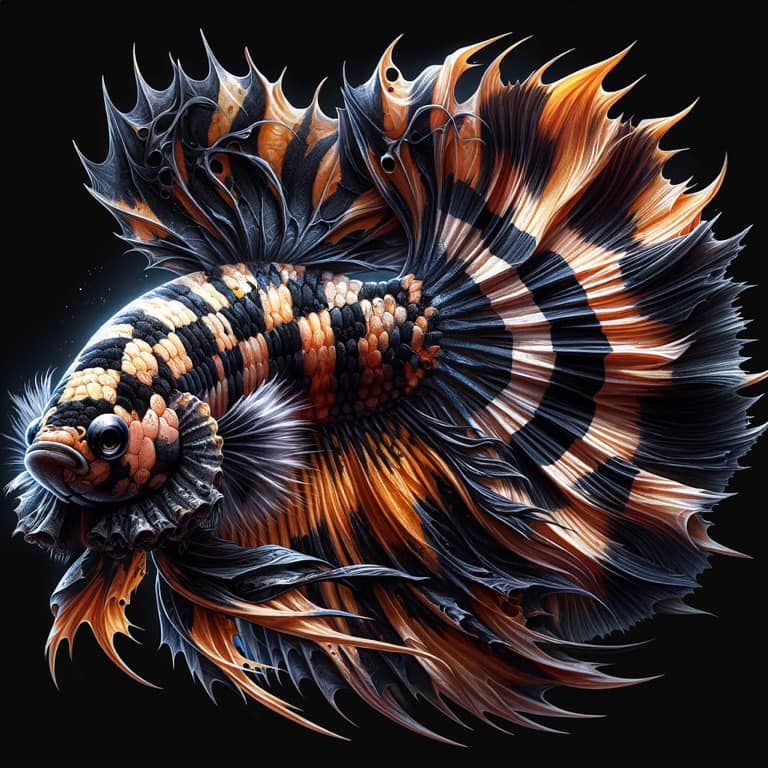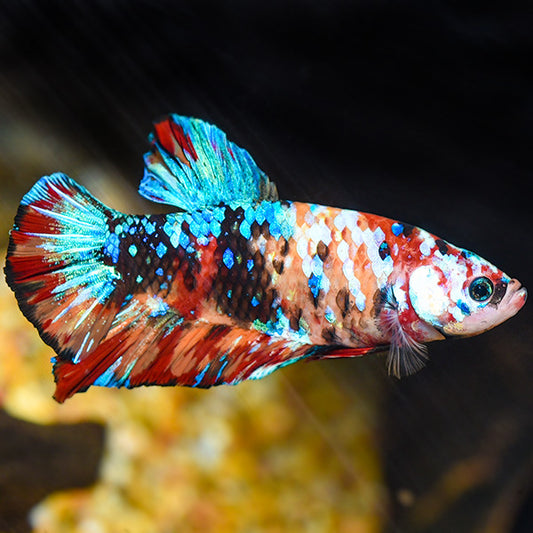Exactly How to Reproduce Betta Fish Effectively: Expert Strategies and Insights for Hobbyists Seeking To Expand Their Betta Collection
Reproducing Betta fish requires a nuanced understanding of genes and environmental problems, making it vital for hobbyists to come close to the process with both persistance and care. Producing an optimal reproduction environment, picking the best sets, and observing the complexities of their courtship actions are foundational actions that can considerably influence the outcome. The succeeding care of the fry is vital for guaranteeing their healthy advancement. As we discover these key elements, it ends up being clear that successful reproduction is not nearly the preliminary pairing yet encompasses a wider approach that benefits cautious factor to consider.
Comprehending Betta Fish Genetics
Recognizing the genes of Betta fish is vital for effective breeding, as it influences traits such as shade, fin form, and habits. Betta fish display a diverse array of shades and patterns, mainly figured out by their genetic make-up.
Along with coloration, fin morphology is another significant facet of Betta genes (betta fish). The sizes and shape of fins are affected by different genes, consisting of those that figure out whether the fins are short, long, or veil-shaped. Understanding these hereditary variants helps dog breeders anticipate the phenotypic outcomes of their spawn
Additionally, behavioral traits such as aggression and territoriality can likewise be affected by genes. These behaviors play a vital function in the breeding procedure, as they can impact spawning success and the general temperament of the resulting fry. By adequately comprehending these genetic concepts, breeders can make enlightened choices, ultimately boosting their breeding programs and attaining desirable outcomes.
Preparing the Breeding Setting
Developing an optimal breeding setting is vital for the successful reproduction of Betta fish. The initial action in preparing this environment is to choose a proper reproduction tank, ideally ranging from 5 to 10 gallons.
Following, take into consideration making use of a sponge filter or an air stone to offer mild water blood circulation without creating strong currents that can worry the fish. It is important to mount plants or reproducing cones to offer hiding areas and advertise convenience for the lady throughout the spawning procedure. Floating plants, such as Java moss or water sprite, can likewise produce a much more natural surroundings while facilitating bubble nest building by the male.
Before introducing the breeding pairs, guarantee the water is conditioned and totally free from dangerous chemicals, such as chlorine or hefty steels. betta fish. Routine water modifications must be performed to preserve ideal water high quality, improving the possibilities of successful breeding. With these preparations in position, the reproducing setting will certainly sustain the health and wellness and wellness of both Betta fish
Choosing Breeding Pairs
Selecting the right reproduction sets is critical for attaining effective Betta fish reproduction. When picking your reproduction sets, consider numerous vital aspects including health, temperament, and genes. Healthy Betta fish exhibit vivid shades, clear eyes, and active actions. Selecting fish that are without illness makes sure a much better possibility of creating feasible spawn.
Personality is an additional important factor to consider, as Betta fish are known for their hostile nature. It is recommended to pick a male and lady that display suitable characters to minimize stress and anxiety during the reproducing procedure. A calm male can urge a smoother courtship, while a female that is also aggressive might disrupt the process.
Hereditary background likewise plays a significant function in the top quality of the children. Reproducing fish that are genetically diverse can minimize the threat of hereditary wellness issues and improve the total vigor of the fry. It is valuable to research the lineage of both the man and female, concentrating on preferable traits such as fin type, color scheme, and size.
The Reproduction Refine
The breeding process of Betta fish needs mindful planning and attention to information to make certain a successful result. Originally, it is important to prepare an ideal reproduction tank, preferably a 5-10 gallon fish tank with a temperature maintained continue reading this at 78-80 ° F. The storage tank must be outfitted with a heating system, filter (preferably sponge type to avoid strong currents), and a lot of water plants for the woman to conceal.
As soon as the setting is set, introduce the chosen breeding set to the storage tank, allowing them to accustom. Observe their actions; the man will certainly present elaborate courtship rituals, consisting of flaring his fins and building a bubble nest. If the female shows interest, she will display vertical stripes suggesting readiness for spawning.
When the woman is responsive, both will certainly involve in a breeding accept, throughout which the male feeds the eggs. It is crucial to monitor their interactions very closely, as the male might come to be hostile. After generating, get rid of the female to avoid prospective damage. The man will certainly have a tendency to the eggs, which normally hatch within 24-36 hours. Maintaining ideal water conditions during this duration is necessary for the growth of healthy and balanced Betta fry.
Taking Care Of Betta Fry

Feeding Betta fry is crucial, as they need a diet plan high in healthy protein. Initially, they can be fed infusoria or liquid fry food, transitioning to finely crushed high-grade pellets as they expand. Feed tiny sections numerous times a day to encourage healthy growth without straining the container with leftover food.

As they grow, monitor their development closely and divide any type of hostile individuals to avoid damage. By providing a supporting environment and correct nutrition, enthusiasts can successfully elevate Betta fry into vivid, healthy fish, inevitably enhancing their reproduction endeavors.
Final Thought
Effective Betta fish breeding needs meticulous interest to hereditary selection, environmental problems, and care for the fry. By recognizing the genetics of Betta fish and preparing a proper reproduction environment, hobbyists can boost the chances of creating vivid, healthy children. Choosing suitable breeding pairs and carefully monitoring the courtship and spawning processes are crucial. Providing optimal care for the fry ensures their healthy advancement, adding to a growing Betta collection.
Comments on “Betta Fish Lifespan: How to Guarantee Your Betta Lives Longer”